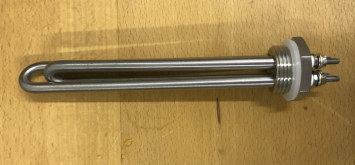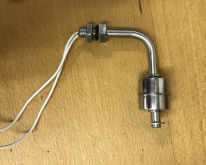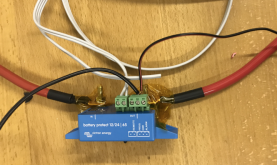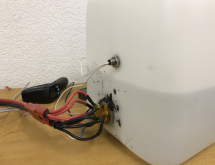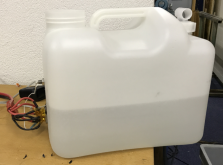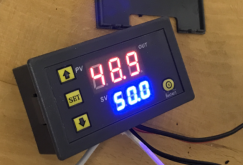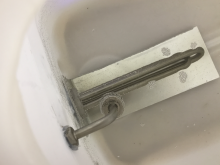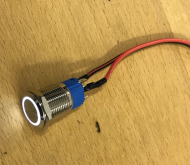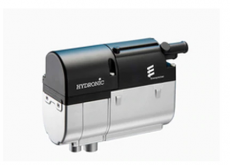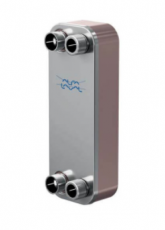Hi, I'm building an overlanding vehicle for our family of 4 and need the ability to somewhat regularly take hot showers. I'm looking to go fully electric and don't see anything on the market that would work well. There are small electric water heaters and small "instant" electric water heaters, but none of those have the ability to actually shower multiple people from non already quite warm water at reasonable power levels. Plus they are 30a 120v (or even larger 220v) so I'd need to run a very large inverter for no real reason (2000w is enough otherwise).
Here's my thought: ~3600 watts of DC heating elements in a homemade ~2 gallon hot water tank. I'm specing the electrical system (for the whole vehicle) still and currently leaning 12v, so 6 of these would do the job https://www.amazon.com/gp/product/B0182BETBE, or if I go 24v 4 of these https://www.amazon.com/gp/product/B0182BETBE. Likely I'd set it up so one element is used to maintain temp normally, but I can disable the inverter and enable the full power when we take showers (likely all of us one after the other after a hike or whatever).
I have 16 280ah EVE type cells on the way, so can power it (with ~4800 watt bms and less than 1000w peak of non-inverter powered load). Max power is quite a lot (especially for 12v), but it's only every other day or so for a short period of time and the wire runs will be very short.
Seem reasonable?
Thanks,
Jeff
Here's my thought: ~3600 watts of DC heating elements in a homemade ~2 gallon hot water tank. I'm specing the electrical system (for the whole vehicle) still and currently leaning 12v, so 6 of these would do the job https://www.amazon.com/gp/product/B0182BETBE, or if I go 24v 4 of these https://www.amazon.com/gp/product/B0182BETBE. Likely I'd set it up so one element is used to maintain temp normally, but I can disable the inverter and enable the full power when we take showers (likely all of us one after the other after a hike or whatever).
I have 16 280ah EVE type cells on the way, so can power it (with ~4800 watt bms and less than 1000w peak of non-inverter powered load). Max power is quite a lot (especially for 12v), but it's only every other day or so for a short period of time and the wire runs will be very short.
Seem reasonable?
Thanks,
Jeff
Last edited:



